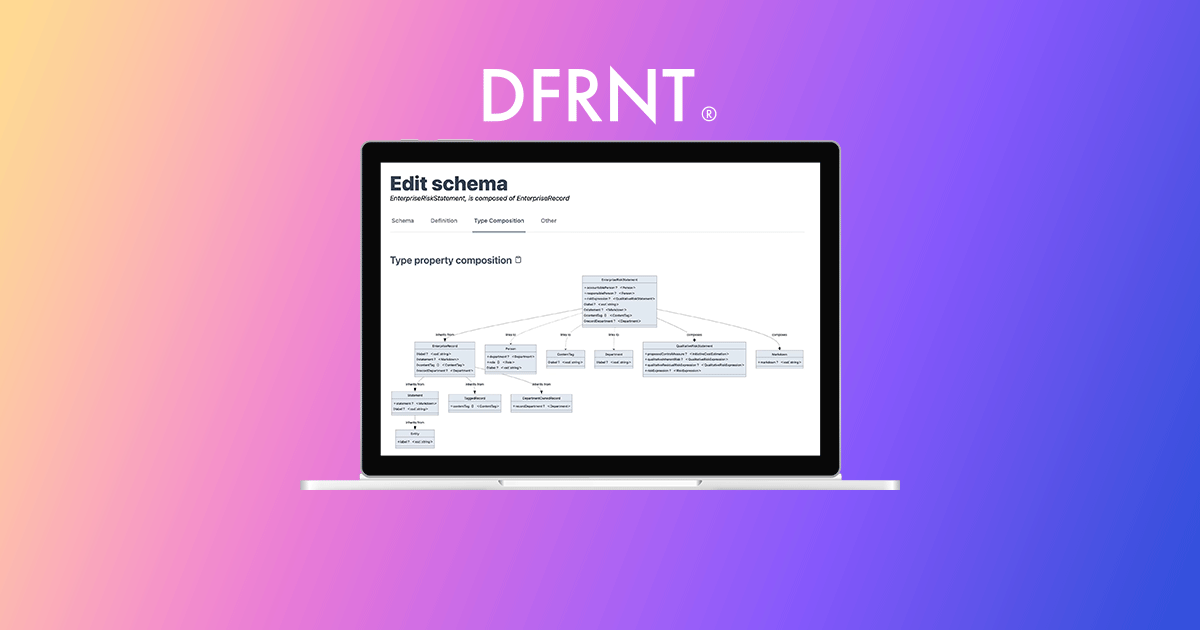Account-Based Marketing Software Use Case
A business specializing in account-based marketing (ABM) software provides a range of services to enterprise clients. The services are based on data and predictive analytics so their clients can get the right message, to the right person, at the right time to improve conversion rates and increase sales.
The ABM software integrates with a range of CRM and ERP systems and combines internal customer data with external data, automatically scraped from various sources across the Internet.
Situation
Before
The business provides enterprise clients with specialist ABM software. It integrates with clients’ ERP and CRM systems to use data held internally with externally sourced inputs.
Knowledge is essential for effective ABM. The more enterprise clients know about their customer organizations and personnel, the more effective the results are. ABM is about understanding the audience and buyer persona and anticipating needs so that the right message is sent to the right person at the right time.
Some clients of the ABM software business have experienced up to 90 percent increases in conversion rates thanks to more precise marketing.
Despite recording success, the business is aware of issues impacting the effectiveness of its software stemming from conflicting and inaccurate data scraped from the Internet.
With no single source of truth, data quality suffers due to conflicting results from different sources about the same data. For example, the number of employees scraped from LinkedIn and Crunchbase are different, but they do not know which is correct. There is no approval process for data scraped from the Internet. Data, accurate or not, is directly added to the database for predictive analytics to use.
Data inaccuracies hamper the effectiveness of ABM. Messaging and predictive analytics are reliant on accurate data to build personalized marketing campaigns.
The wrong data can reduce conversion rates, sales, and can negatively impact brand perception.
After
The ABM software business implemented TerminusX as a layer on top of their software to improve the accuracy of data scraped from the web.
When data is scraped from sources like LinkedIn, Facebook, Wikipedia, and other locations, the business stores a copy of each entity’s claim. When competing claims arise, an automated alert is sent to the relevant user. This user, or users, then views and compares the data to determine which they trust.
Users also store metadata about claims such as its origin, date of the claim, the date the user learned it, and the person who loaded it.
Now internal and external data have human reviews automatically added to ensure a high level of data quality and accuracy.
Pain Points
The ABM software business had the following pain points:
Data inaccuracy – a lot of the data sourced from different locations on the web conflicted. With no human review, data inaccuracies are included in the database and this hampers ABM results.
Data lineage – with no way to store metadata about entity claims gathered from the Internet, human and machine users of that data have no way of understanding the source and accuracy of the information. They simply have to trust the data, even though it may be wrong.
Less effective ABM – The results of inaccurate data impact the effectiveness of ABM results due to predictive analytics and marketing campaigns basing the content on inaccurate data.
How TerminusDB solved the pain points
The ABM software business implemented TerminusX as a layer on top of their software. These TerminusDB features solved the following pain points:
Data inaccuracy
JSON diff and patch – TerminusDB features the ability to perform diff and patch operations so users can compare JSON documents and decide what patch operation to perform, essentially deciding what data to include in the database.
The diff and patch tool can be used either directly by developers, or by account teams via an intuitive interface. When a conflict emerges from different data sources, workflows have been implemented to alert users of the issue. They can then view the competing claims about the account and decide upon the best course of action to maintain data integrity.
Data lineage
Commit graph – TerminusDB is an immutable data store. When data is written to a store, it does not change or mutate existing data. The immutable nature allows for time travel and is supplemented with information about what was committed, at what date and time, and by whom.
By storing all of the entity claims and the metadata surrounding them, the ABM business, over time, understands where trustworthy data lies and can improve the service offered to clients, by adding more guarantees about data accuracy and campaign performance.
When new truths emerge, for example, the trust of a source once discounted now deemed as reliable, the ABM software business can simply swap the data in the database.
ABM effectiveness
By improving data accuracy and lineage, the results of marketing campaigns running off the back of it have improved. Because data scraped from the Internet now has human review processes embedded into it, trust in the data itself is now based upon data that has been verified.
When data inaccuracies occur, it is possible to analyze the source of the claim, programmatically and manually, to determine whether anomalies have occurred or if human error was to blame. These features enable continuous data validation so that as circumstances change, so does the data that represents them. A continually evolving truth.
Results with TerminusDB
The implementation of TerminusDB resulted in improved:
Data accuracy – 54 percent of records scraped from the Internet had conflicting claims. Without review processes in place, this data was automatically added to the database for predictive analytics and human users to plan marketing campaigns. Just under half of those claims were rejected by reviewers which has resulted in a 26 percent improvement in data accuracy.
Data understanding – The Internet contains a lot of data and a lot of sources to extract understanding from. Not all sources are equal however and with the help of the metadata and commit graph, the ABM business can analyze where and when data was scraped to understand the best origins of truth. By eliminating unreliable sources, data can be more accurately relied upon.
ABM effectiveness – Since implementing TerminusDB the ABM software company has seen an increase in conversion rates across the board, with an average 15 percent increase in conversion rates across all accounts. More effective marketing results enable the business to retain more customers and attract new ones.
Table of Contents

Manage Your SBOM with a Headless CMS
An SBOM identifies, tracks, and maintains a list of all the software components and dependencies, this article looks at how headless CMS is a good solution to manage this process.

Straight Through Processing of Insurance Claims
Using declarative logic and semantic descriptions, we build a low-code app for straight-through processing of insurance claims.

Data Modelling & Collaboration for Change Makers – Do Good With DFRNT
DFRNT is a tool for change makers to model and build data products. With advanced data modelling and graph visualisation, data architects can tackle complex problems.